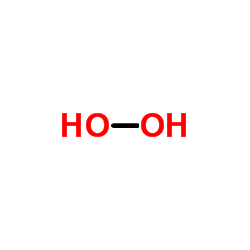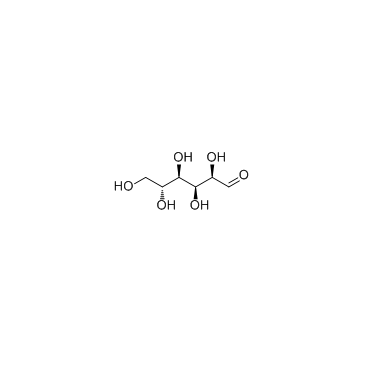| Structure | Name/CAS No. | Articles |
|---|---|---|
 |
Sulfuric acid
CAS:7664-93-9 |
|
 |
Acetone
CAS:67-64-1 |
|
 |
Hydrogen peroxide
CAS:7722-84-1 |
|
 |
D-Glucose-d2
CAS:18991-62-3 |
|
 |
D-(+)-Glucose
CAS:50-99-7 |